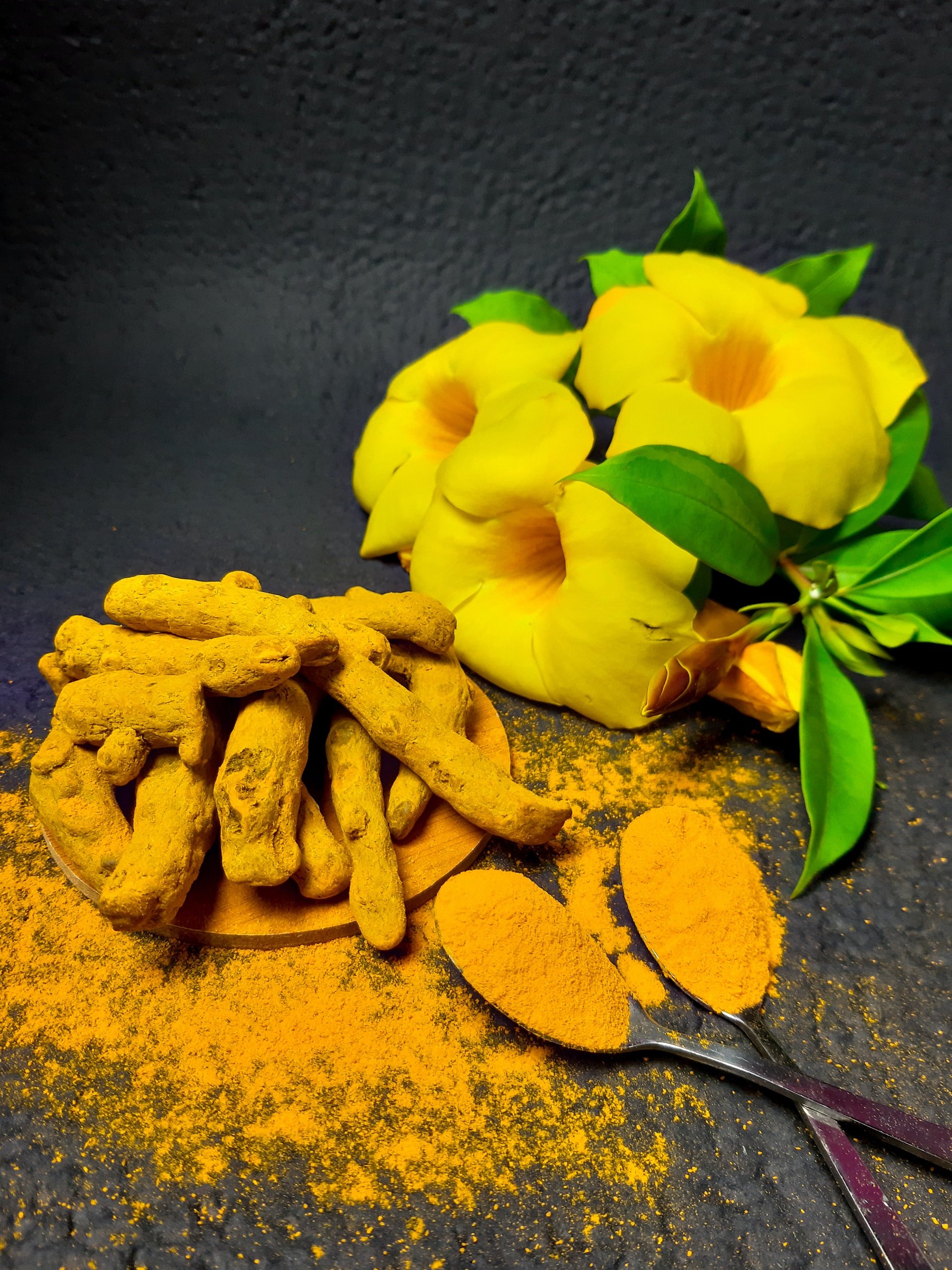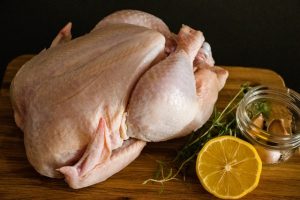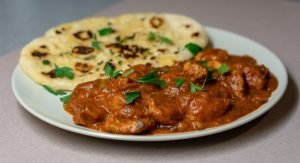Chaat masala is an Indian spice mixture. It is used to flavour savoury snacks such as samosas, pakoras and papri chaat. As a result, it has become quite well known in the UK. But too many people think all chaat masala tastes the same.
In fact, the flavour varies between brands and there are several different recipes, each with its own distinctive character. This article describes how to use chaat masala and how to choose one that suits your taste buds.
Chaat masala, or chat masala as it is sometimes called, is a mixture of spices that are used in Indian cooking. The recipe for chaat masala varies from region to region just as recipes for curry powder vary from region to region. But there are many similarities and it is possible to use the same basic ingredients in a variety of different ways.
While chaat masala may be used in many of the same ways that curry powder can be used, there are several important differences between the two. First, chaat masala contains no turmeric which can give curry powder a strong yellow color and an unpleasant bitter taste if too much is added to a dish. Secondly, chaat masala has more salt than curry powder and this salt should be taken into account when adding it to any dish.
And finally, some Indian dishes call for “chaat masala” while others call for “chat masala”. Although both are basically the same thing (chaat meaning “to lick” and chat meaning “to sprinkle”), their names indicate that they have slightly different uses.
Chaat masala is a spice mix commonly used in Indian cooking. It consists of many spices, but the primary ingredients are dried mango powder, amchur (dry mango powder), black salt, kala namak (black salt), asafoetida, and cumin. Chaat masala is usually ground together with water or yogurt to form a paste before being added to recipes.
The word “chaat” refers to the salty-sweet-sour combination that is characteristic of this spice mix.
Uses:
1) Chaat masala can be added to guacamole or salsas to give them a unique flavor.
2) Add it to a simple side salad with your favorite greens and vegetables for an exotic taste.
3) Sprinkle it over popcorn or on top of baked potatoes for an interesting flavor.
4) Use it as garnish for soups and stews.
5) Add it to marinades for meats and veggies before grilling or roasting.
6) Make a chaat salad by mixing together tomatoes, cucumbers, radishes, onions and chaat masala for a spicy side dish.
7) Use it as a dip for fried snacks like sam
Chaat masala is a spice blend that is the key ingredient in many Indian street foods and snacks. Although chaat masala is available commercially, it is easy to make your own at home, and there are several versions of this blend, which vary from region to region. There are also different versions of chaat masala for summer and winter. Each has its own unique combination of spices, herbs and other ingredients which contribute to the special flavor of chaat masala.
Tasting: Chaat Masala’s Aroma and Flavor
The aroma and flavor of chaat masala can be described as pungent, spicy, sour and bitter. At the same time it also has a cooling effect on the palate because of the cilantro leaves in it. The cooling effect comes not only from cilantro but also from mint leaves, coriander leaves and dried ginger (adrak), all ingredients used in its preparation.
Chaat masala can be prepared either in a dry or wet form. In its wet version, fresh coriander (dhania) leaves are ground with ginger, green chilies and salt to make a paste which is then added to the spice mix along with lemon juice or tamarind pulp for extra sourness.
Chaat masala is a mix of spices used in Indian cooking. It’s a blend of common spices like coriander, cumin, and asafetida, but it also contains some surprises, including amchoor (dried mango powder) and methi (fenugreek).
More than just an ingredient, though, chaat masala is a flavor concept that’s common in Indian street food. It’s a little salty, a little tangy, and a little spicy all at the same time. It’s used to season vegetables and other snacks that might seem bland on their own—and then it’s doused with lemon juice or tamarind water for added tartness.
Tamarind water is usually called imli chutney in India, but there are many different ways to make chaat masala spice blends. This one has the bright flavor of lemon and the earthy flavor of fenugreek seeds. I use this particular recipe from Tarla Dalal’s cookbook because I like its balance between the strong flavors of amchoor and methi with the sweetness of dried mangoes and sugar. You can adjust the proportions to suit your tastes by altering the ratio of those ingredients.
You can also tweak this
Chaat masala is a spice blend used to flavor Indian snacks. It tastes amazing and is pretty easy to make. It is a mix of spices that usually includes amchoor (dried mango powder), cumin, coriander, dried ginger powder, black salt, and red chili powder. There are probably other spices involved as well, but I don’t know what they all are.
Chaat means “to lick” in Hindi and refers to the finger-licking action that people do when eating chaat. Masala means “spice blend.”
Hing (as it is known in Hindi – हिंग) is believed to be a great digestive aid. It is also said to be useful in the treatment of common colds and flu, as an antibacterial agent and in aiding digestion. It can be used to treat stomach ulcers by combining it with water and jaggery (unrefined sugar) and consuming the mixture twice daily.
Taken as a powder, hing is said to aid digestion. However, you must consume it only after mixing it with water or other liquids, as consuming hing powder directly may result in irritation of the mouth and throat. Hing powder is also added to foods like idli and dosa batter, soups, etc.
Hing has high levels of Vitamin C (ascorbic acid) which is an essential nutrient required by the human body for normal functioning of the immune system. It also contains iron, calcium and magnesium – all which help fight against infections.


